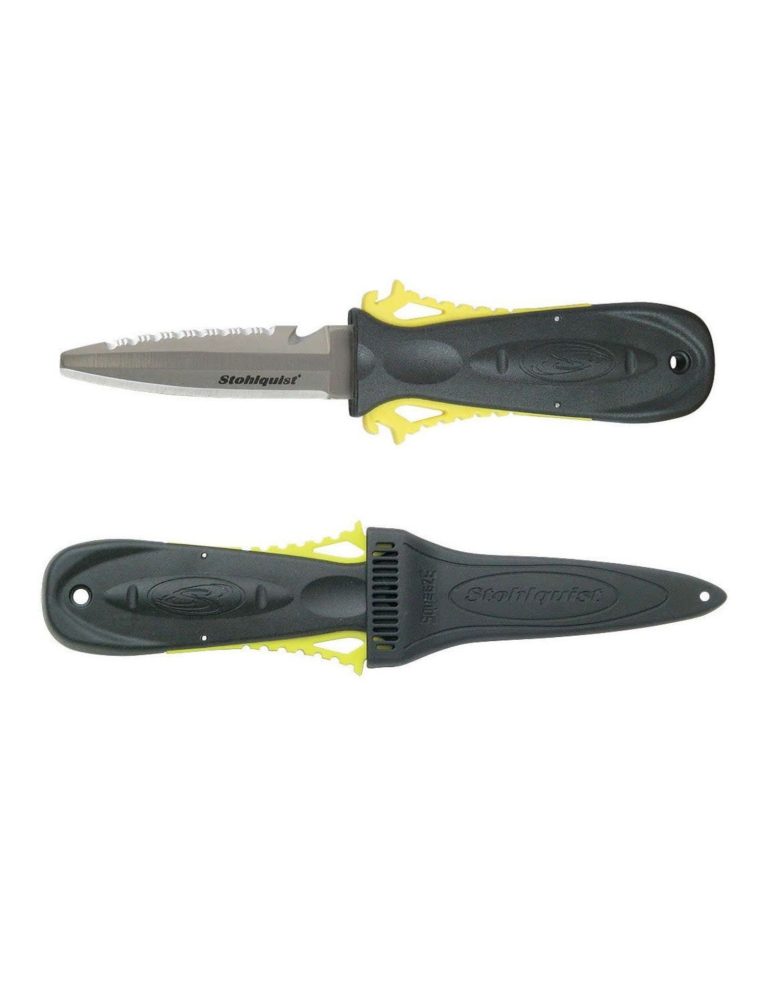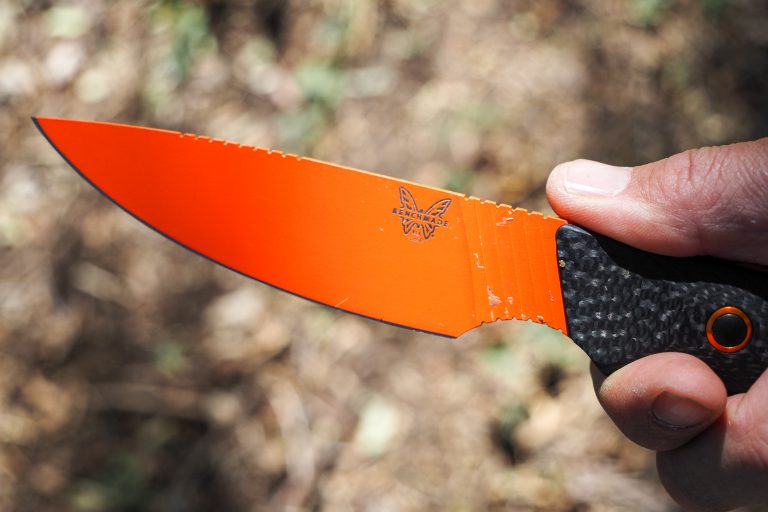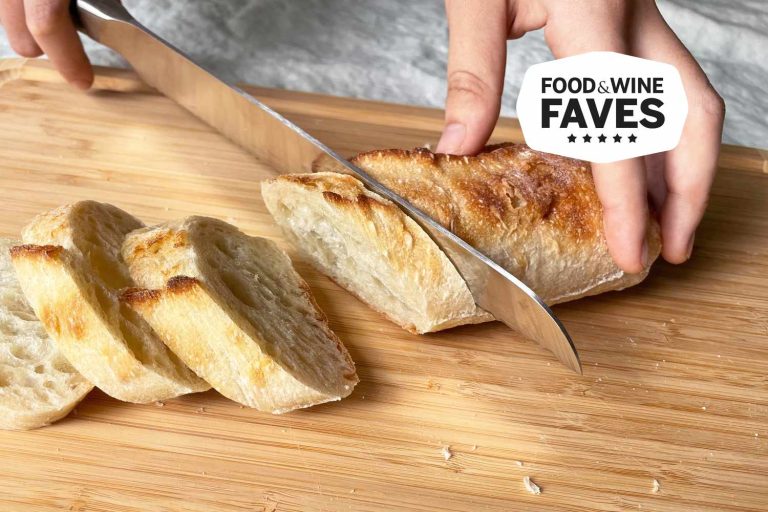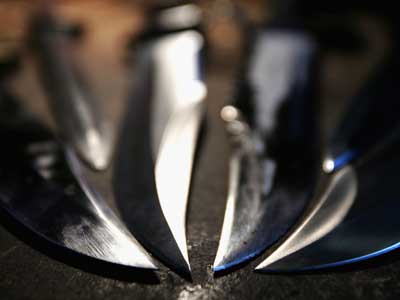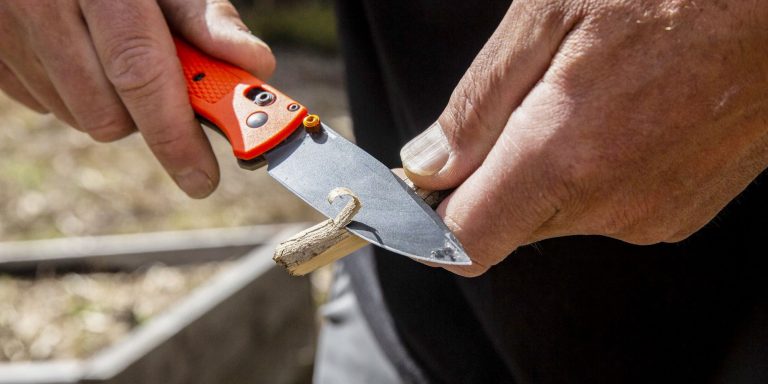Knife Handle Materials: Which is Right for You?
Choosing the right knife handle material depends on your personal preference and the intended use of the knife. Choosing between wood, plastic, and metal, consider factors such as durability, grip, maintenance, and aesthetics.
Each material has its advantages and limitations, so carefully weigh your priorities to make an informed decision.
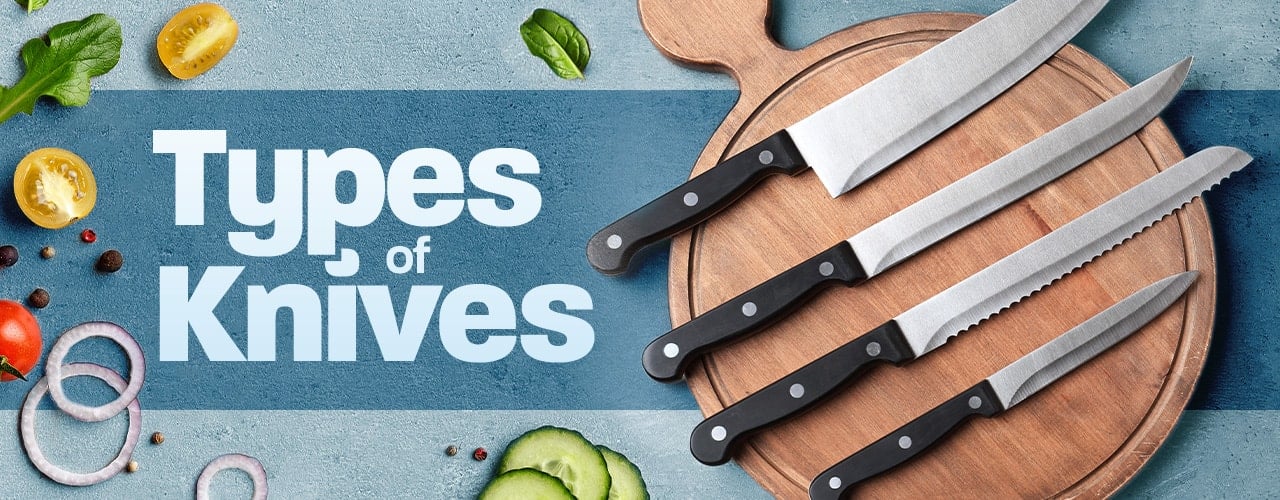
Credit: www.webstaurantstore.com
Natural Materials
When it comes to choosing the right knife handle material, natural options are a popular choice among knife enthusiasts. Wood, bone, and horn are three commonly used natural materials that offer their own unique characteristics.
Wood
Wood handles are loved for their natural beauty and warmth. They come in a variety of species, each with its own grain pattern and color. Woods like rosewood, ebony, and maple are often used for their durability and aesthetics. However, wood handles may require occasional maintenance, such as oiling or waxing, to prevent drying and cracking.
Bone
Bone handles have a timeless appeal and can add elegance to any knife. They are strong, lightweight, and provide excellent grip. Bone handles are commonly made from materials such as cow bone, stag bone, or even fossilized mammoth ivory. However, bone handles are more porous than other materials, making them susceptible to staining and discoloration.
Horn
Horn handles offer a unique and rustic look to knives. Buffalo horn, sheep horn, and stag horn are commonly used for their strength and natural patterns. Horn handles are known for their excellent durability and resistance to moisture. However, they may require additional care to maintain their luster and prevent drying.
Synthetic Materials
When choosing a knife handle material, synthetic options offer a range of benefits for different needs. Plastic handles are lightweight and affordable, making them a popular choice. They are also low maintenance and resistant to moisture. Fiberglass handles, on the other hand, provide excellent durability and strength with added flexibility. They are known for their resistance to heat, chemicals, and impact. Lastly, Micarta handles are made from layers of fabric or paper impregnated with resin. They are highly customizable and known for their excellent grip. Micarta handles are also resistant to extreme temperatures and offer high tensile strength. Whether you prioritize cost-efficiency, durability, flexibility, or customizability, synthetic materials provide a suitable option for knife handles.
Metal Handles
Knife Handle Materials: Which is Right for You?
Stainless Steel
Stainless steel is a popular choice for knife handles due to its durability and resistance to corrosion. It offers a sleek and modern look, making it a favorite among many knife enthusiasts. The high chromium content in stainless steel provides excellent rust resistance, ensuring your knife remains in top shape for years to come. Additionally, stainless steel handles offer a comfortable grip, making them ideal for extended use. Whether you’re a professional chef or an outdoor enthusiast, a stainless steel handle can provide the strength and functionality you need.
Titanium
Titanium handles are known for their exceptional strength-to-weight ratio. This lightweight material allows for easy handling and maneuverability, making it a popular choice for those seeking a lighter knife. Titanium handles are also highly resistant to corrosion, offering long-lasting durability. While titanium handles may not be as common as stainless steel, they provide a unique aesthetic and high performance. Consider a titanium handle if you value both strength and weight reduction in your knife.
Aluminum
Aluminum handles are another lightweight option, making them ideal for those who prefer a comfortable grip without the extra weight. Aluminum is known for its high strength and durability, ensuring your knife stays in optimal condition for years. Additionally, aluminum handles can be anodized, offering a wide range of color options to suit your personal style. Whether you’re a professional chef or an outdoor enthusiast, an aluminum handle can provide the perfect combination of functionality and style.
Conclusion
Finding the right knife handle material is crucial for both functionality and aesthetics. With a wide range of options available, it’s important to consider factors such as durability, grip, and maintenance. G10 handles are a popular choice for their impressive durability and resistance to moisture and chemicals.
They also offer a great grip, making them suitable for heavy-duty tasks. On the other hand, wood handles provide a timeless and natural appeal, and each type of wood offers unique characteristics. Micarta handles, made from layers of resin and fabric, offer the benefits of both G10 and wood handles, combining durability with an attractive appearance.
For those looking for a lightweight option, consider carbon fiber handles. Ultimately, the right knife handle material depends on your personal preferences, the intended use of the knife, and your budget. By carefully considering these factors, you can choose a knife handle material that enhances both your cutting experience and the overall aesthetics of your knife.

